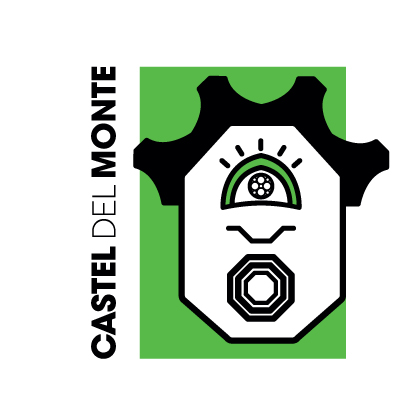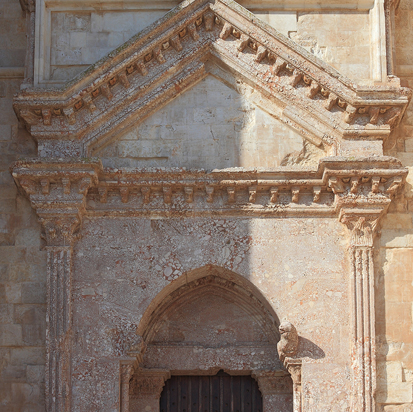Castel del Monte
UNESCO World Heritage
 Symbol of harmonious blend of cultural elements from Northern Europe, from Muslim world and from classical antiquity, Castel del Monte, a unique masterpiece of medieval architecture, has been on the UNESCO World Heritage List since 1996.
Symbol of harmonious blend of cultural elements from Northern Europe, from Muslim world and from classical antiquity, Castel del Monte, a unique masterpiece of medieval architecture, has been on the UNESCO World Heritage List since 1996.

Background
The Castle, dating back to the thirteenth century (the first document available to us reports the year 1240), was commissioned by Frederick II of Swabia, ruler of the Holy Roman Empire.
If the structure appears peripheral today, at the time of its construction it stood not far from the axis which connected the two important settlements of Andria and Garagnone, near Gravina.
Its position made the Castle an essential element in the communication system within the network desired by Frederick II.
For a long time, there has been discussion about its intended use: the term castrum, in fact, refers directly to a defensive function, but the presence of some “accessory” structures and the refinement of sculptural repertoire have also suggested a residential and representative purpose.
Trivia
Built directly on a rocky surface, the Castle is known for its octagonal shape.
Eight towers in local limestone are grafted onto each of the corners.
The courtyard, also octagonal in shape, is characterized like the whole building, by a chromatic contrast obtained thanks to the use of the coral breccia, limestone and marble.
Once there were also rich sculptural furnishings, of which today only a slab remains depicting the procession of knights and a fragment of an anthropomorphic figure.
In the sixteen trapezoidal-shaped rooms, eight on each floor, you can find the keys of vault of the crosses, each decorated with anthropomorphic, zoomorphic and phytomorphic elements.
The sculptural equipment, although strongly depleted, gives a significant testimony of the original decorative apparatus. To this day, the two anthropomorphic shelves are still present in the Falconiere Tower, the telamons that support the umbrella vault of one of the scalar towers and a fragment of the floor mosaic in the eighth room on the ground floor.
Two important sculptural fragments recovered in 1928 are still preserved in Bari, during the excavation and restoration of the castle, depicting a head and a headless bust.
Info and Contacts
Via Castel del Monte - Andria (BT)
Director: Donatella Campanile
Mobile: +39 3279805551
Email: drm-pug.casteldelmonte@cultura.gov.it
Contact us for more information
The fields marked with (*) in addition to the acceptance of our Privacy and Cookie Policy, are required to send the message.





